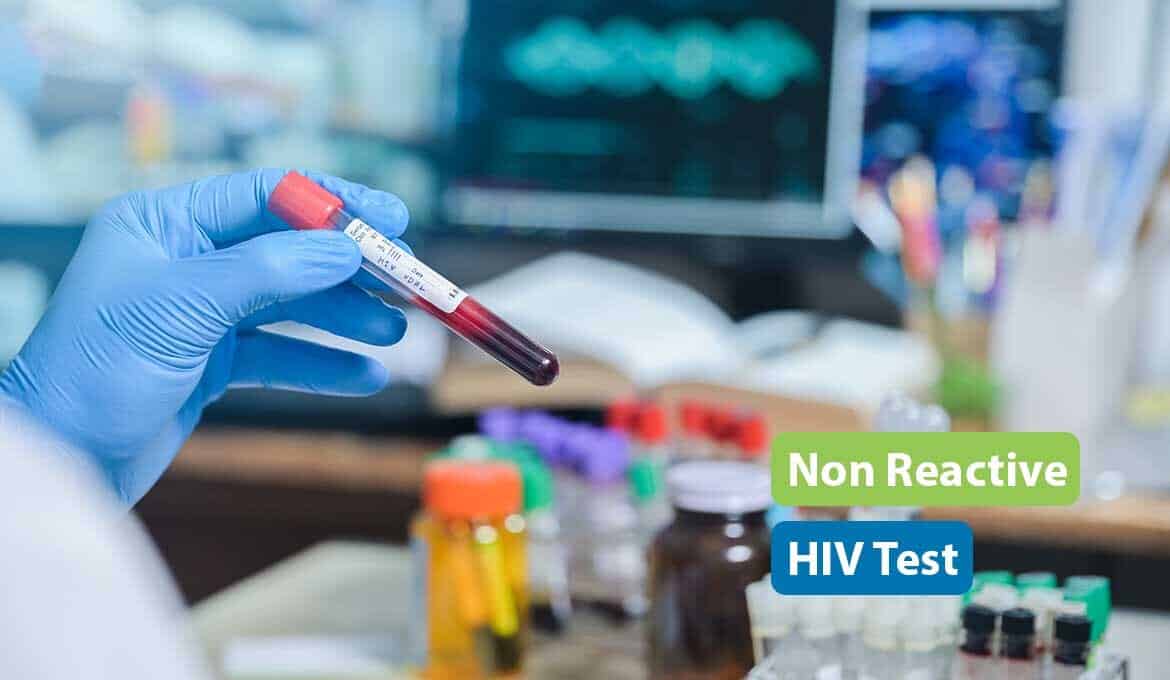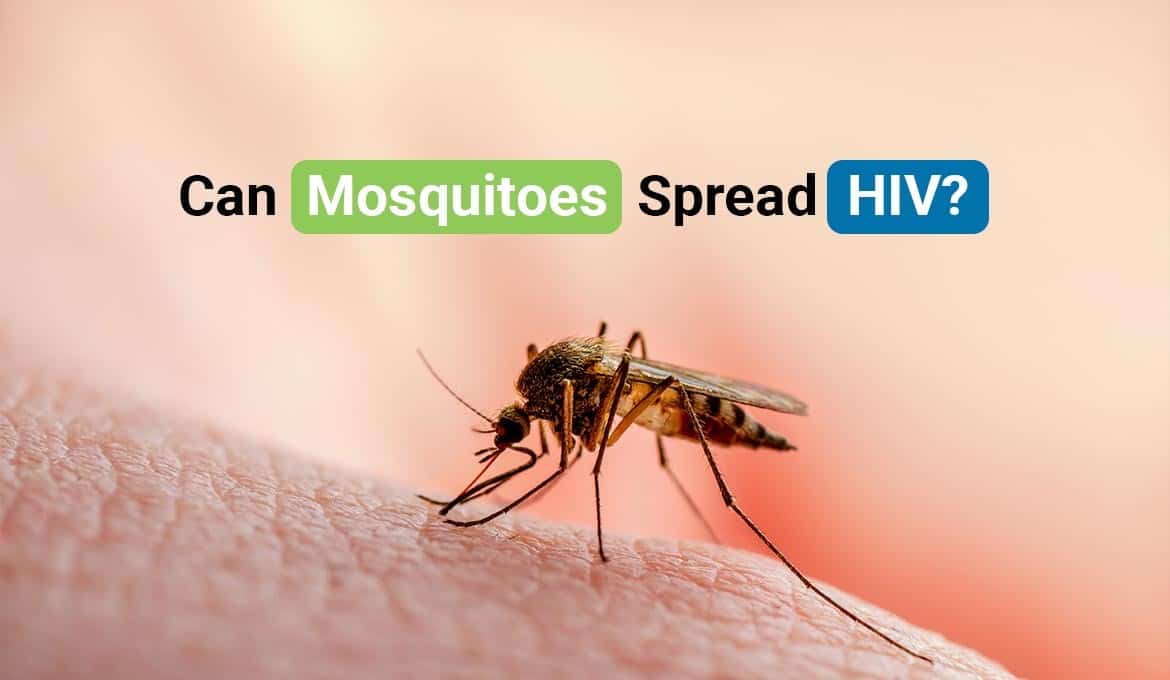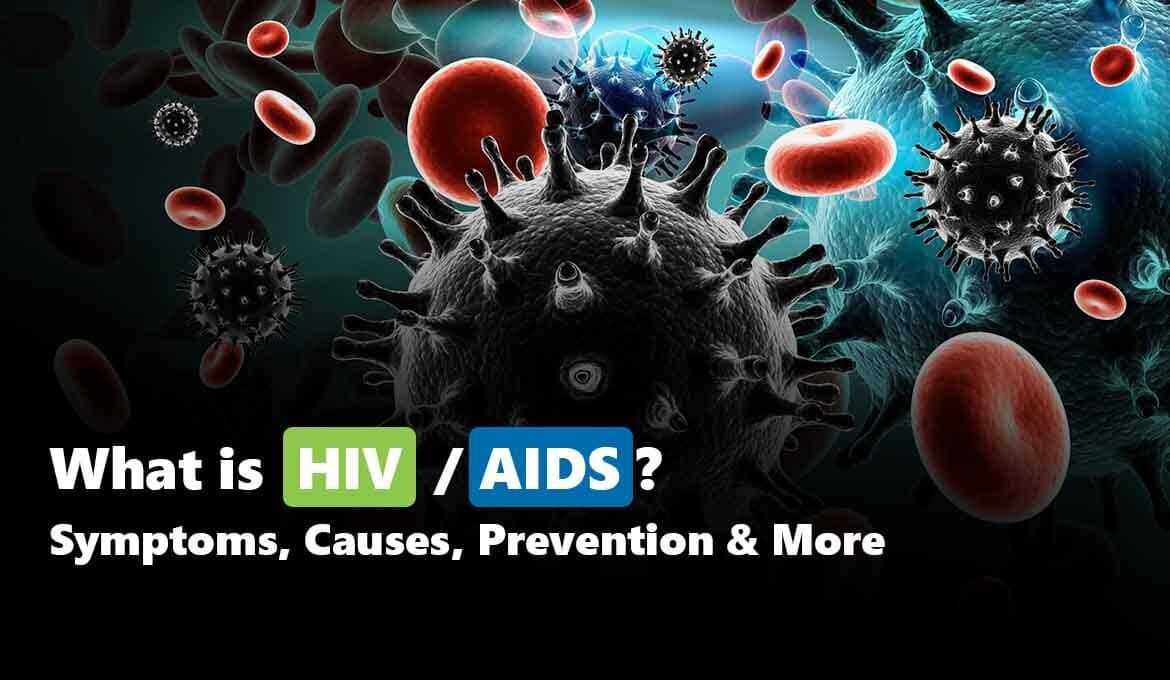
It was 2010 when stories about the blue waffle syndrome captured the attention of netizens. People claimed it to be a sexually transmitted disease. The Internet proclaimed that the disease could only be spread from a woman to a man involved in sexual interaction.
In the end, however, blue waffle syndrome turned out to be a fake disease. Even though the horrific images tried to convince online users of its existence, the medical world debunked the rumor with scientific facts.
If you’ve been wondering ‘is blue waffle disease a real STD?', give your thoughts a rest as here you'll know all about the pseudo-STD.
Who started the blue waffle infection rumor?
The gossip about blue waffle sexual disease started with the launch of the website known as BlueWaffle.net in 2008, as per Know Your Meme. The website had numerous altered photos of the vulva with blue sores.
As soon as the website became active, internet users turned it into a bait-and-switch game. People were asked to look for a simple image of a blue waffle.
When they clicked on an image of a blue waffle across the Google search results, they were redirected to the BlueWaffle website.
Note: BlueWaffle.net carries multiple images of the diseased vulva. If your curiosity pushes you to type it in the search box, do it at your risk. (Please don't do it.)
Why did netizens start believing the existence of blue waffle infection?
Amidst the widespread bait-and-switch clicks, the reason behind the credibility of the existence of the blue waffle syndrome is its similarity with another STD.
A variety of symptoms, such as an inflamed vagina, sore spots, irritated vulva, redness of the vulva, etc., are signs of vaginitis. In this condition, the patients experience itching and burning sensations, smelly discharge, and unusual vaginal texture. Interestingly, in vaginitis, some patients' labia turn darker.
That being said, the color never transitions into a bluish hue, as depicted in the blue waffle disease in the women‘s genital area photo.
What is being shown in the blue waffle photo?
If no disease like blue waffle exists, what might be the aim of the photo?
According to some people, it is an image of a mutilated vagina. Possibly, the image was taken after the completion of the procedure. So, it wasn't related to STDs. But due to its similarity with vaginitis, the concept remained afloat in the minds of online users.
As per the theory of VeryWellHealth, it can be a photo taken after applying violet stains on a vagina. These methods are used to treat a vaginal infection naturally.
The myth of blue waffle infection was busted in 2011 by Dr. Amy Whitaker. She confirmed that the image was photoshopped and that the disease doesn't exist in the medical world.
Which conditions are similar to Blue Waffle sexual disease?
Blue waffle syndrome might be a hoax, but the real STIs mimicking the symptoms exist. If a person is sexually active, they must get themselves checked for the following diseases:
Bacterial vaginosis
BV is one of the most commonly occurring vaginal infections affecting every one in five women. There's no fixed cause behind its occurrence. But a few risk factors enhance your chance of getting it, such as douching and sexual encounters with multiple partners.
The common symptoms that must be observed are:
- White or grayish vaginal discharge
- Fishy odor, more prominent after sex
- Vaginal itching, pain, or burning
- Burning sensation while urination
Chlamydia
Chlamydia is a condition that is prevalent in people of all age groups and gender. It can spread through vaginal, oral, or anal sex.
You must pay special attention to this condition as its progression can lead to infertility. Both partners must receive treatment for the disease to eliminate the risk.
The symptoms might take a few weeks to develop after coming in contact with chlamydia trachomatis. The symptoms are as follows:
- Odd discharge from the penis, anus, or vagina
- Painful urination
- Pain and inflammation in testicles
- Rectal pain and bleeding
Gonorrhea
Anyone who is sexually active can have gonorrhea. It affects the genitals, throat, and rectum. It spreads by having sexual intercourse with an affected person.
The symptoms of the diseases vary depending on the affected individual and the location of the STD. The usual signs include:
- Painful urination
- Green, yellow, or white discharge from the penis
- Increase in vaginal discharge
- Bleeding between menstrual cycles
- Pain with sex
- Pain in the lower abdomen
- Inflammation and pain in testicles
- Anal itching and bleeding
- Pain during bowel movements
- Rectal discharge
Genital herpes
Herpes is caused by HSV, which occurs in two types, i.e., HSV-1 and HSV-2.
The main concern with herpes is that after contact with the human body, it remains inactive for a long period of time. However, after exposure, the symptoms can occur in the span of 2-12 days.
Generally, people affected by viral exposure show very mild to no symptoms. They may exhibit signs such as:
- Inflammation in lymph nodes
- Fever
- Body ache
- Lesions
Even after the elimination of the symptoms, the virus remains inside the person’s body and can reappear at any time. However, the secondary outbreak symptoms are milder than the first and resolve easily.
Note: Recurrent outbreak results in shooting pain in the genitals and lesions. You can identify herpes through these signs to get immediate medical assistance.
In addition to these conditions, a sexually active person must also get tested for the following conditions:
- HPV
- HIV
- Hepatitis B
- Syphilis
- Trichomoniasis
Should a person get tested for Blue Waffle?
There is no condition in medical records that is closely related to blue waffle syndrome. So, you don't need to worry about getting diagnosed with the same.
That said, you must consider scheduling a checkup if you're showing the symptoms of sexually transmitted infections.
The typical signs of STI are as follows:
- Odd discharge from the vagina, anus, or penis
- Painful urination
- Growths on the skin around the genital area
- Rashes
- Unusual bleeding from the vagina
- Itchy genital area
- Blisters around genitals
- Warts or sores around genitals or anus
It’s possible for STIs to remain inactive for a while and then show symptoms. That’s why it’s crucial that you book routine checkups with your gynecologists to avoid uncomfortable signs and disease progression.
What is the general procedure for STI testing?
Usually, the test for STI involves blood or urine specimens. Depending on the infection's length, further tests may be required. Your doctor might also recommend getting a swab test to determine the type of STI.
An STI test can take hours to weeks to finalize the type. But proper diagnosis helps patients get the right treatment.
Additionally, practicing safe sexual interactions can also reduce the chances of contracting STIs.
Note: It's prudent to take assistance from a medical practitioner if sexual intercourse has occurred without the individual’s consent.
In a Nutshell
The news of blue waffle syndrome disappeared as soon as it started, but not without causing a stir. It left some rumors about the disfigurement and discoloration of the vagina of the affected person.
Essentially, the answer to ‘what is blue waffle?’ is that it’s a hoax formed to generate clicks on BlueWaffle.
Even though the disease doesn't exist, the symptoms are very real except for the disfigurement. If you're experiencing unusual symptoms in your genital area, it's wise to consult a medical practitioner.
Generally, sexually transmitted diseases remain dormant for a long time before causing any serious complications. Timely medical intervention is the best method to avoid undergoing any severe effects of STIs.
In addition, the usage of contraceptives and awareness of sexual intercourse are effective in preventing STIs from disrupting daily life.
FAQs
1. How do I know if I'm suffering from a blue waffle infection?
Ans: The blue waffle STD does not exist. However, you should consult a medical practitioner if you see any off changes in your genital area. Irritation, inflammation, and redness with foul-smelling odor are signs of STIs that must be checked immediately.
2. What are the different tests for checking STIs like blue waffle syndrome?
Ans: Blue waffle infection doesn't have an STI testing procedure as the disease is fictional. That being said, the general methods for STI checkups include the following:
- Swab tests to collect genital or anal cells
- Urine and blood tests to check for gonorrhea, chlamydia, HIV, and other STDs
- Physical examination to assess the rashes, warts, and blisters with STI
3. Where can I get myself tested for STDs?
Ans: STDs can be checked in various places, including:
- Healthcare professional’s office
- Government-authorized healthcare clinics
- Non-profit organization's testing centers
- Pharmacies
- At home with a testing kit approved by FDA
4. What information does a doctor require before checking for an STI?
Ans: Your medical practitioner might require you to furnish some essential details before initiating the checkup for STIs. This information may include:
- Kinds of contraceptives used
- Usage of medications
- Exposure to STIs
- Intercourse with sexual partners and its frequency
- Pregnancy
- Engagement in types of sexual intercourse
Read Also:





